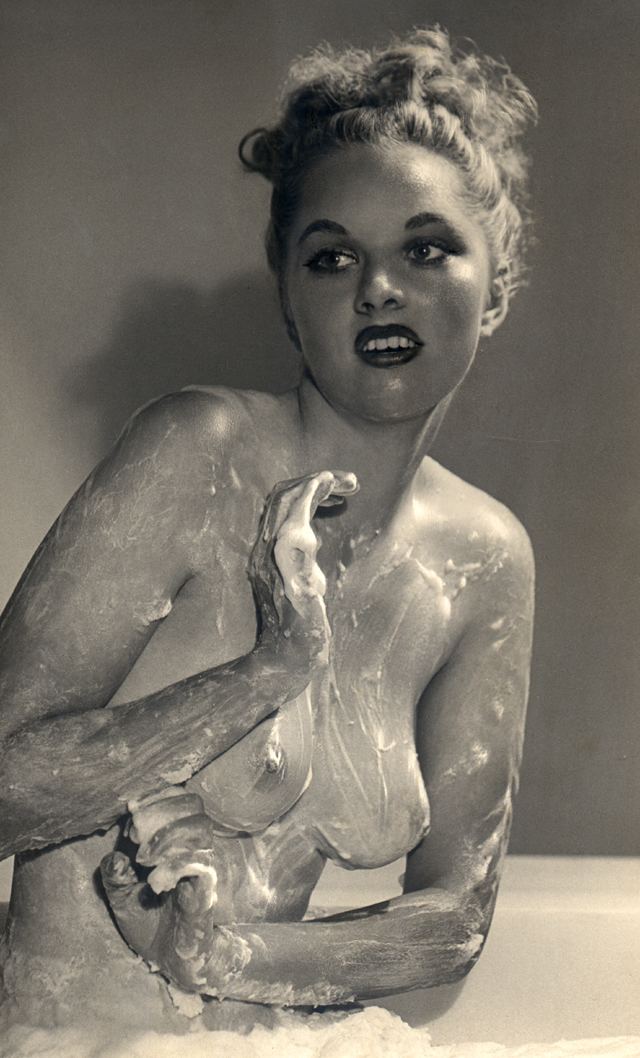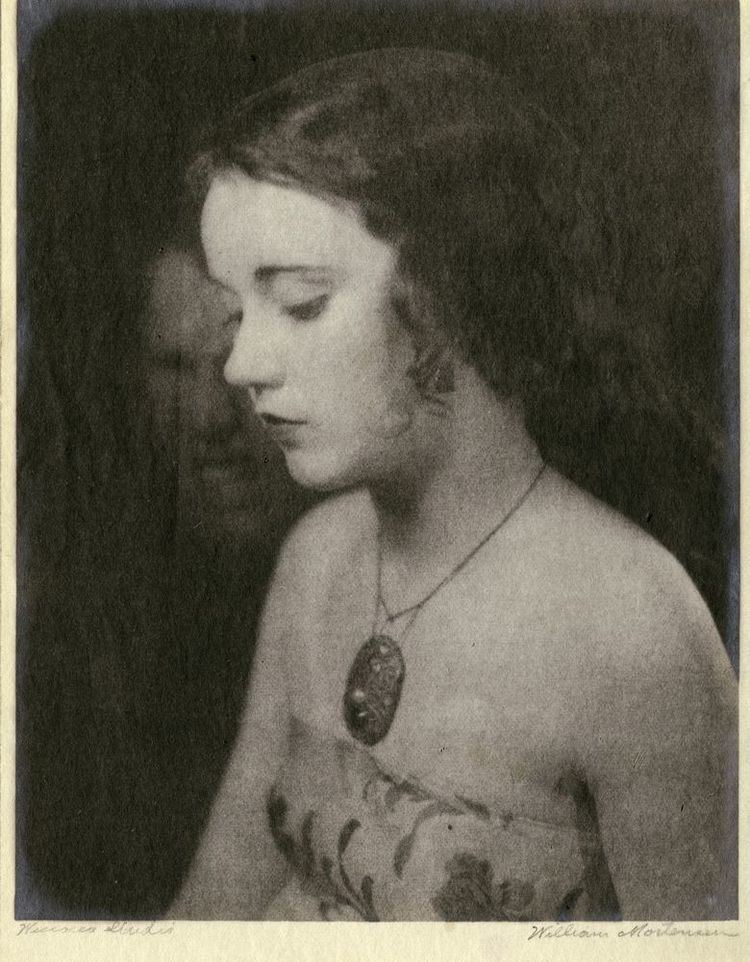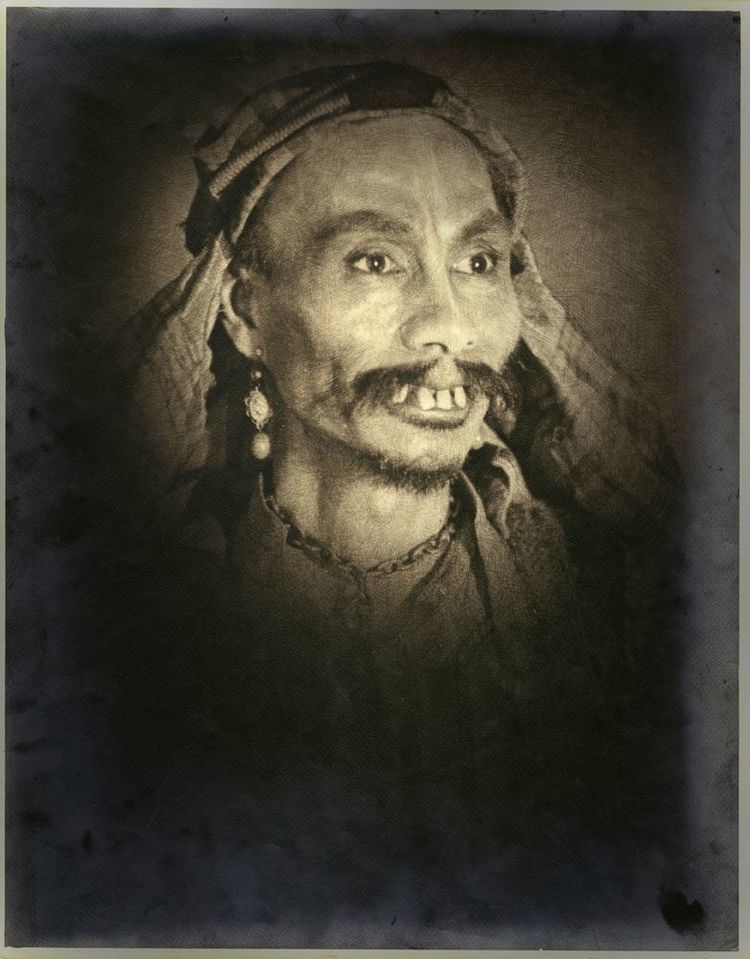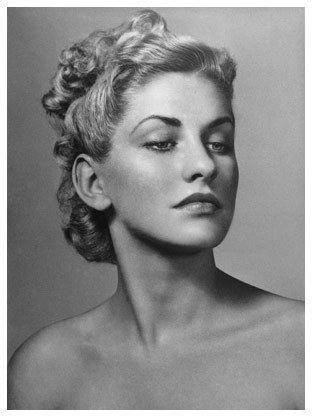Occupation Glamour photographer Name William Mortensen | Role Photographer | |
 | ||
Full Name William Herbert Mortensen Resting place Fairhaven Memorial Park Spouse Courtney Crawford (m. 1924) Education Art Students League of New York Books Monsters and Madonnas, How to Pose the Model, Print finishing | ||
William mortensen photographer 1897 1965
William Mortensen (27 January 1897 – 12 August 1965) was an American art photographer, primarily known for his Hollywood portraits in the 1920s-1940s in the pictorialist style.
Contents
- William mortensen photographer 1897 1965
- William mortensen american grotesque and the command to look
- Early life
- Career
- References

William mortensen american grotesque and the command to look
Early life

He was born William Herbert Mortensen on January 27, 1897 in Park City, Utah, the son of Danish immigrants, Agnes and William Peter Mortensen who had immigrated from Copenhagen, Denmark in 1883. During World War I, Mortensen served with the United States Infantry from August 6, 1918 to May 16, 1919. At his enlistment, he recorded his occupation as painting.

After his discharge from the army, Mortensen briefly studied illustration at the Art Students League in New York City. In May 1920 he traveled in Greece, Italy, Egypt and Constantinople to "sketch for educational purposes." He returned to Utah, then traveled to Hollywood as an escort for his friend's sister, Fay Wray.
Career

Mortensen began his photographic career taking portraits of Hollywood actors and film stills. In 1931 he moved to the artist community of Laguna Beach, California, where he opened a studio and the William Mortensen School of Photography.

He preferred the pictorialism style of manipulating photographs to produce romanticist painting-like effects. The style brought him criticism from straight photographers of the modern realist movement and, in particular, he carried on a prolonged written debate with Ansel Adams.

His arguments defending romanticist photography led him to be "ostracized from most authoritative canons of photographic history." In an essay, Larry Lytle wrote, "Due to his approach—both technically and philosophically in opposition to straight or purist adherents — he is amongst the most problematic figures in photography in the twentieth-century... historians and critics have described his images as "...anecdotal, highly sentimental, mildly erotic hand-colored prints...", "...bowdlerized versions of garage calendar pin-ups and sadomasochist entertainments...", "...contrived set-ups and sappy facial expressions...", and Ansel Adams variously referred to Mortensen as the "Devil", and "the anti-Christ." In addition, the more realistic photojournalism emerging from World War II correspondents, and carried in national newsmagazines, caused Mortensen's more posed and contrived photos to fade from the public mind. He was largely forgotten by the time of his death in 1965.
Recent years have brought praise for Mortensen's development of manipulation techniques and a renewed interest in his work.
He wrote nine books about technique in photography in conjunction with George Dunham.
Mortensen was awarded the Hood medal from the Royal Photographic Society in 1949.
